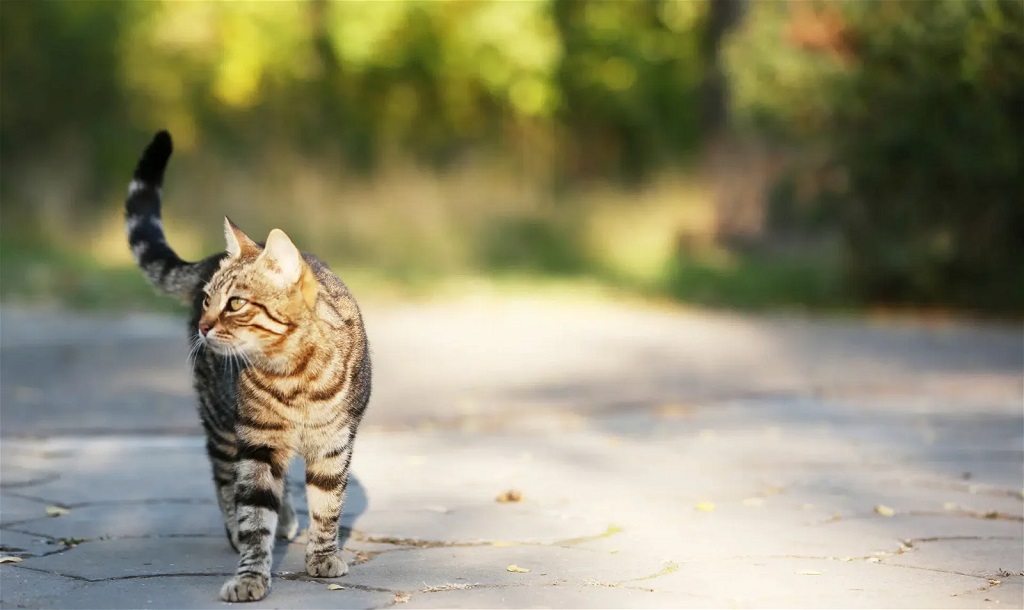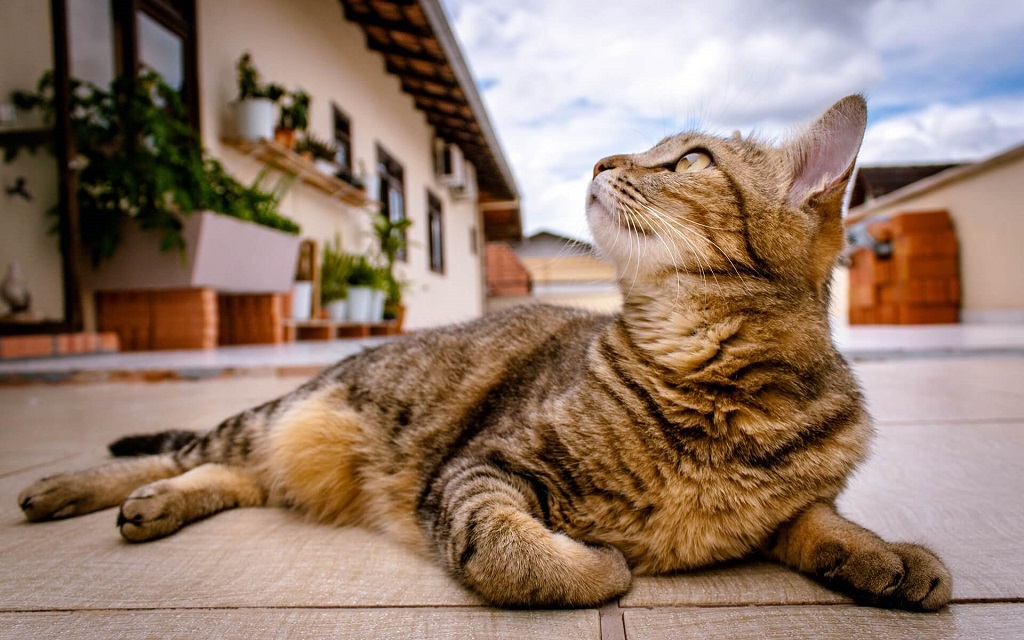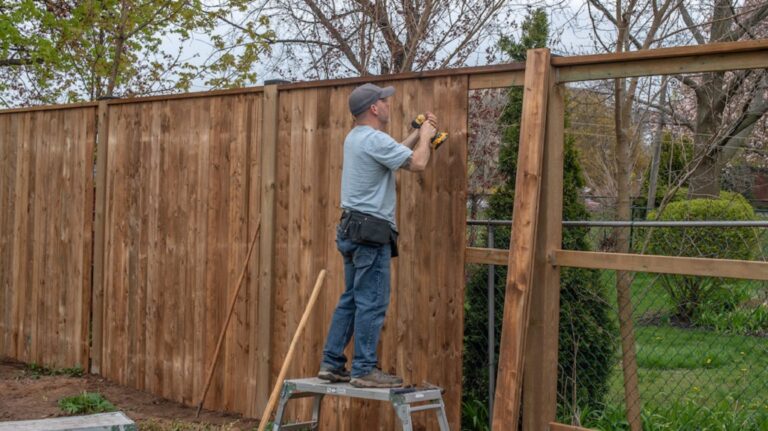For many cat owners, the idea of keeping their feline friends indoors can be challenging, especially if their cats are used to the freedom of the great outdoors. However, transitioning an outdoor cat to an indoor lifestyle is not only possible but also essential for their safety and well-being. In this guide, we’ll explore effective methods to train your outdoor cat to stay home, ensuring a happy and healthy life for your feline companion.
Training Your Outdoor Cat to Stay Home

Understanding the Need for Transition
Before diving into the training process, it’s crucial to understand why keeping your cat indoors is in their best interest. Outdoor cats face numerous dangers, including traffic, predators, and exposure to diseases. By keeping them inside, you provide a protected environment that minimizes these risks and helps them live longer, healthier lives.
Training Steps
Gradual Transition
Start by gradually reducing your cat’s outdoor time. Create a comfortable indoor space with toys, scratching posts, and cozy spots for your cat to relax. Increase the time spent indoors each day to help them acclimate to their new environment.
Interactive Playtime
Engage your cat in interactive play sessions to keep them mentally and physically stimulated. Use toys that mimic hunting behaviors, such as feather wands or laser pointers. This not only provides exercise but also helps redirect their energy towards positive activities indoors.
Create a Safe Outdoor Space
If possible, create a secure outdoor enclosure or catio where your cat can enjoy the sights and sounds of the outdoors without the associated risks. This allows them to experience a bit of the outdoor world while remaining protected.
Use Positive Reinforcement
Reward your cat with treats, affection, and praise when they exhibit desired indoor behaviors. Positive reinforcement will encourage them to associate staying indoors with positive experiences, making them more likely to comply with the new lifestyle.
Provide Mental Stimulation

Keep your cat mentally stimulated by introducing puzzle feeders, interactive toys, and rotating their play environment. A mentally stimulated cat is less likely to exhibit unwanted behaviors, making the transition smoother.
Consult with a Veterinarian
Before making significant changes to your cat’s lifestyle, consult with your veterinarian. They can provide guidance on your cat’s specific needs, recommend appropriate toys and enrichment activities, and address any health concerns.
Addressing Excessive Vocalization
Now, let’s address the concern of a vocal cat. If your feline friend tends to be vocal, it’s important to understand that excessive meowing can result from boredom, anxiety, or a desire for attention.so you must know how to get a cat to shut up.By implementing the training steps mentioned above, you can address the root causes of excessive vocalization. Additionally, consider consulting with a veterinarian or a professional animal behaviorist for personalized advice.
Final Thought
Transitioning your outdoor cat to an indoor lifestyle requires patience, consistency, and positive reinforcement. By providing a stimulating indoor environment and addressing the root causes of unwanted behaviors, you can create a safe and enriching space for your feline companion. Remember, the goal is to ensure your cat’s well-being while fostering a harmonious relationship between you and your beloved pet, just as you would diligently care for blisters on your feet by keeping them clean, applying appropriate remedies, and giving them the attention they need to heal.





